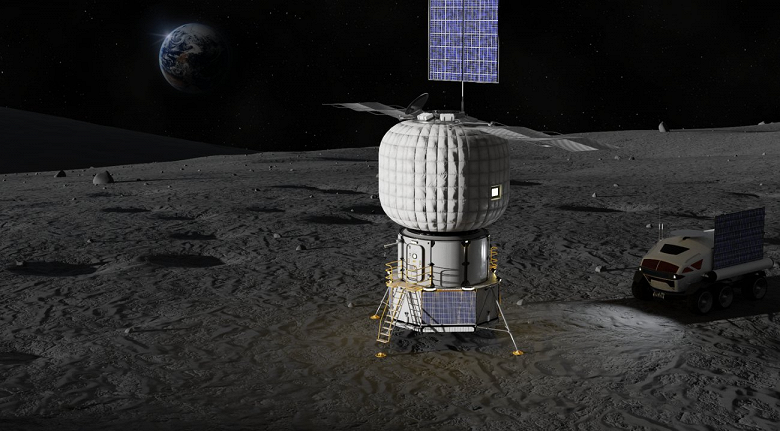Astronauts will simulate Martian life on the moon
The American Aeronautics and Space Administration NASA lifted the veil of secrecy and revealed some details about residential platforms for lunar and Martian missions.

NASA is developing habitation modules for both lunar exploration and Martian transport missions. The latter will be able to support the life of the crew for more than a thousand days.
As part of the Artemis program, work is underway on the ground module Surface Habitat, which is designed for 30-day missions and two people, or for four people for shorter periods.
NASA declassifies modules for life on the moon and a three-year trip to Mars

Four astronauts are expected to work on the Moon at the same time, two of whom will live in the ground module and two in the lander. Between them, astronauts will be able to move in a lunar rover. Ultimately, the agency plans to bring the Surface Habitat project up to the ability to support four crew members for sixty days.
This research and development will help create a Mars Transit Habitat transport module capable of transporting four crew members to and from Mars, enabling journeys of up to 1,200 days. During the test and simulation period, Mars Transit Habitat will be used in lunar projects. Including the crew will be lowered to the surface of the Moon to work, as if they were working on Mars. The astronauts will then return to the Mars Transit Habitat module and simulate a return trip to Earth.




